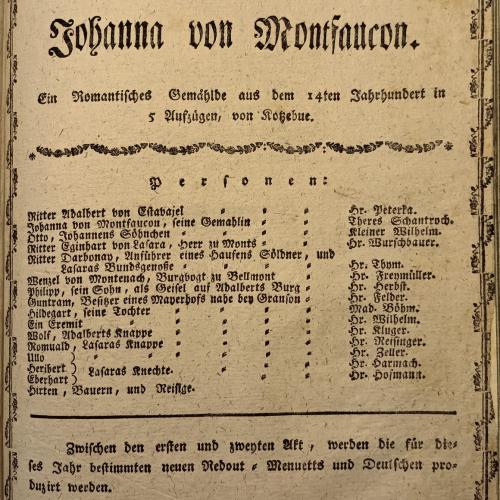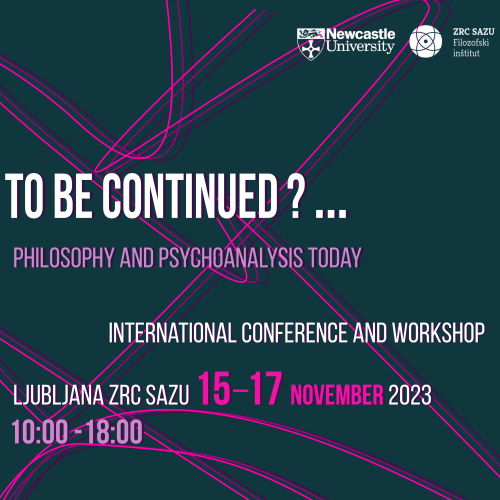SEARCH
4
DEC
18:00
Event
Slovenian Punk & Photography
December 4, 2023 at 18:00
Exhibition in Cankarjev dom Gallery, Prešernova 10, 1000 Ljubljana
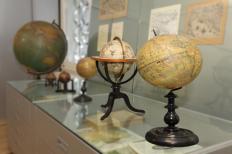
Collections
Geographical Museum
The museum is kept all the important work issued by the Geographical institute and a number of collections. Map collection encompasses maps for different purposes and at different scales from 16. century onwards. Besides general purpose maps there are also different thematic and topographic maps as well as school wall maps. A great deal of the material is connected to the Slovene territory and the neighbouring countries. Atlas collection encompasses more then two hundred atlases from 17. century onwards. Picture collection comprehends postcards and photographs of Slovene settlements as well as limited number of copperplate printings and lithographies. Among the most work are the first and second edition of Valvasor's Die Ehre des Hertzogthums Crain (Glory of the Duchy of Carniola), Münster edition of Ptolemy's Geography and colour Flojančič map of Carniola. Other collections are a collection of older globes, a collection of statistical data on the Slovenian territory, a collection of material on the development of the geographic profession in Slovenia and the collection of the Triglav glacier. Link to the Geographical Museum.
Author:
Period of creating: since 1946
Caretaker: Primož Gašperič, PhD
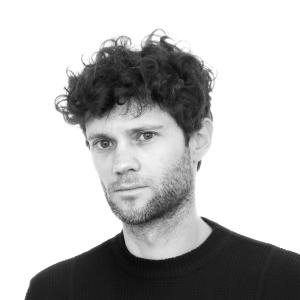
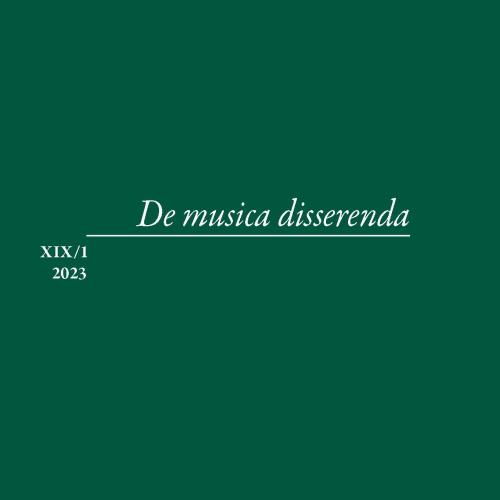

Project
Slovenian word-prevalence: an online mega-study of word knowledge
Project Duration: 1 October 2023–30 September 2026
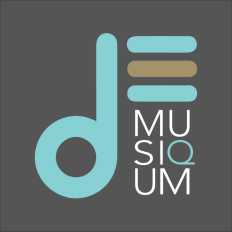
Collections
MUSIQUM | A Digital Panorama of Musical Heritage in Slovenia
MUSIQUM – A Digital Panorama of Musical Heritage in Slovenia is a relational database developed as an innovative research platform for the in-depth exploration of musical life in Slovenia during the 19th and early 20th centuries. It enables the complex interconnection of biographical data, archival sources, concert programs, newspaper reports, and correspondence, weaving them into a visually and narratively rich account of the cultural landscape of the period.The collection provides a systematic insight into musical developments in Ljubljana, Celje, Maribor, Ptuj, and Trieste, shedding light on the role of key musical institutions in shaping the public musical sphere. Through historical maps and analysis of the music market, it offers a comprehensive understanding of the cultural environment in which musicians, institutions, and audiences created, performed, and interacted.MUSIQUM goes beyond the conventional scope of a data repository—it is a multilayered digital platform dedicated to the research, interpretation, and discovery of musical phenomena within their broader historical, social, and political contexts. It is intended for scholars as well as anyone interested in cultural history, offering new perspectives on one of the most formative periods of Slovenia’s musical past.The database MUSIQUM was initiated and is led by Dr. Maruša Zupančič.Members: Dr. Marko Motnik, Dr. Katarina Bogunović, Tonja Čakš, Monika Marušič, Sara Zupančič, Dr. Nejc Sukljan, Jana Erjavec; Design: Dr. Maruša Zupančič.
Author: Maruša Zupančič, PhD
Period of creating: since 2022
Caretaker: Maruša Zupančič, PhD

